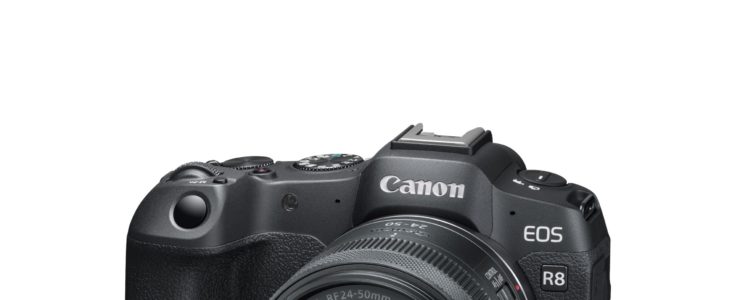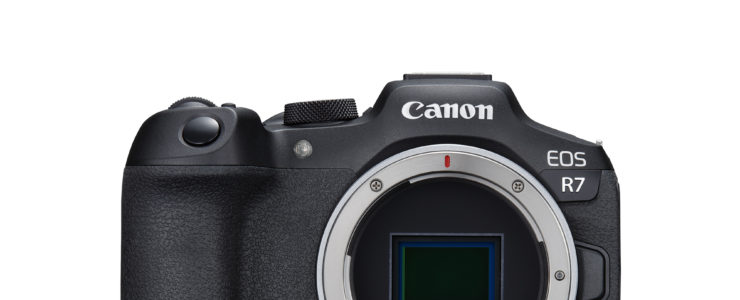Canon R6 Mark II vs Sony a7 IV Comparison (video review)
Here is a Canon EOS R6 Mark II vs Sony a7 IV comparison review.
Sony a7 IV at a glance:
- 33MP Full-Frame Exmor R CMOS Sensor
- Up to 10 fps Shooting, ISO 100-51200
- 4K 60p Video in 10-Bit, S-Cinetone
- 3.68m-Dot EVF with 120 fps Refresh Rate
- 3″ 1.03m-Dot Vari-Angle Touchscreen LCD
- 759-Pt. Fast Hybrid AF, Real-time Eye AF
- Focus Breathing Compensation
- 5-Axis SteadyShot Image Stabilization
- Creative Looks and Soft Skin Effect
- 4K 15p UVC/UAC Streaming via USB Type-C
Canon EOS R6 Mark II at a glance:
- 24.2MP Full-Frame CMOS Sensor
- 4K60 10-Bit Internal Video, C-Log 3
- External 6K ProRes RAW Recording
- Dual Pixel CMOS AF II
- 12 fps Mech. Shutter, 40 fps E. Shutter
- Sensor-Shift 5-Axis Image Stabilization
- 3.69m-Dot OLED EVF
- 3″ 1.62m-Dot Vari-Angle Touchscreen LCD
- Dual UHS-II Memory Card Slots
- Multi-Function Shoe, Wi-Fi and Bluetooth
PetaPixel’s Chris is the host of the video comparison between the EOS R6 Mark II and the Sony a7 IV.
The Sony a7 IV and Canon R6 Mark II are two of the most well-rounded full-frame cameras on the market. Both are capable of outstanding photos and video, but in which areas do they excel? Art Of Photography host Ted Forbes joined us up in Calgary for a no-holds-barred camera throwdown!
For those who know what they want so see, here is the index of the video:
- 0:00 – Intro
- 2:14 – Handling
- 4:17 – Image quality
- 5:59 – Autofocus
- 7:16 – Speed round!
- 8:51 – Burst shooting
- 9:52 – Video
- 10:53 – Battery life
- 11:26 – Lens lineup
- 12:03 – The wrap






